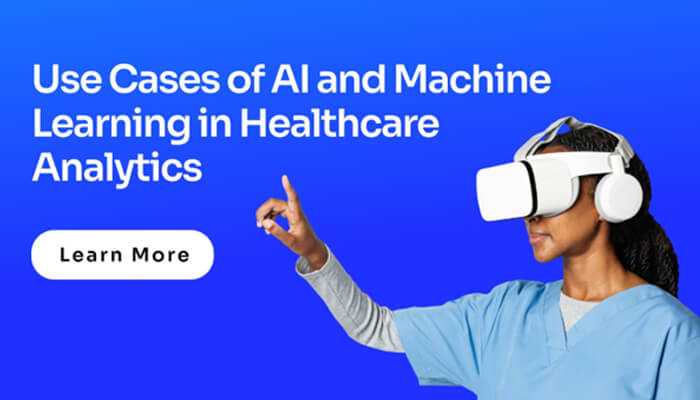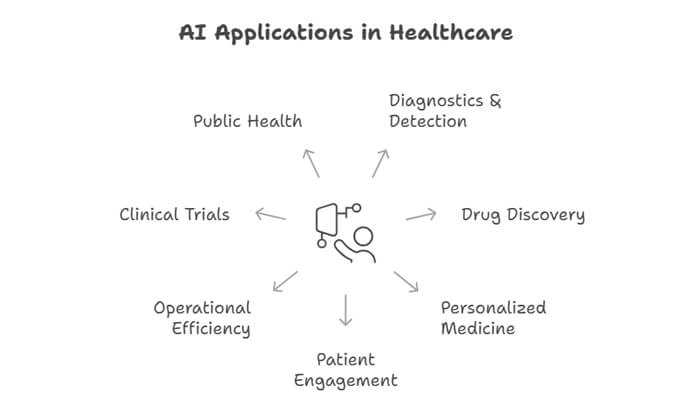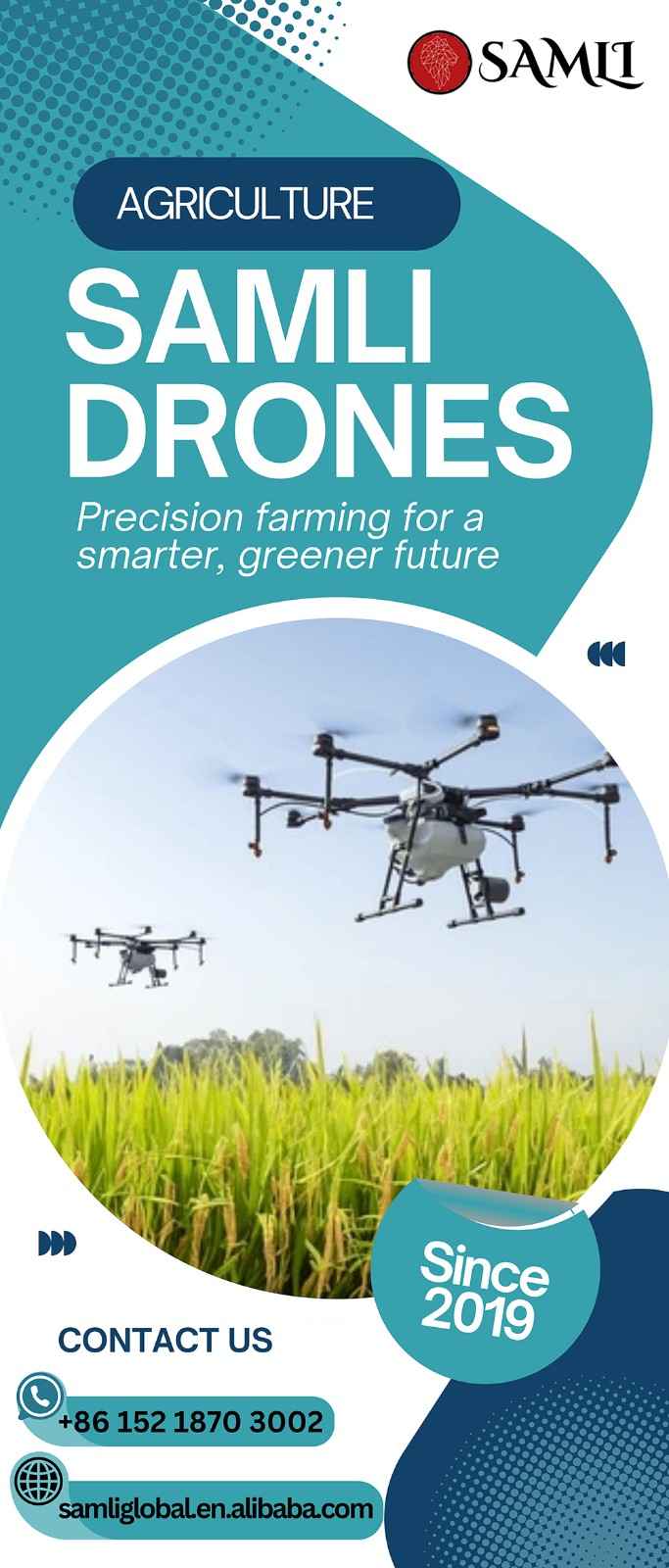Healthcare is generating more data than ever before, from diagnostic imaging and clinical notes to patient wearables and public health feeds. But data alone doesn’t change the outcomes. What truly matters is the speed and precision with which insights are extracted and acted upon. That’s where AI and machine learning in healthcare analytics are making their mark. Far beyond theoretical use cases, these technologies are now embedded in how care is delivered, how drugs are discovered, how operations are optimized, and how populations are protected. What used to take months of manual analysis is now being predicted, flagged, or even prevented in real time.
This blog explores the most compelling, real-world applications of AI and ML in healthcare analytics. As active tools for solving today’s most urgent challenges. Whether you’re aiming to improve diagnosis accuracy, automate operational workflows, or drive proactive care, these use cases offer a window into what’s already working and what’s next.
7 Powerful Use Cases of AI and ML in Healthcare Analytics
AI and machine learning are now driving how insights are extracted, scaled, and applied across departments. From diagnostics to public health, these technologies are enabling faster, more precise decision-making. Below are seven practical use cases where AI and ML are creating measurable impact.
1. Diagnostics and Early Disease Detection
Medical imaging is one of the most mature areas for AI adoption. Trained algorithms can now interpret CT scans, MRIs, and mammograms with speed and consistency that rivals human experts. These models detect subtle changes in tissue, flag abnormalities, and prioritize urgent cases for radiologists.
In breast cancer screening, studies have shown that AI can reduce false positives while maintaining diagnostic accuracy. Google’s deep learning model for mammography, for instance, showed performance on par with radiologists when tested on thousands of cases from the US and UK.
Beyond traditional imaging, computer vision is expanding into newer diagnostic areas. Some tools can analyze facial features to detect developmental conditions in children, while others assess retinal scans to predict cardiovascular risk. By catching signs earlier and reducing human oversight errors, AI helps initiate treatment faster and with greater confidence.
2. Accelerated Drug Discovery and Development
Developing a new drug often takes more than 10 years and costs billions. AI helps reduce this burden by analyzing chemical structures, predicting molecular interactions, and filtering out compounds likely to fail before they enter preclinical trials.
Machine learning models can simulate how drugs will behave in the body, forecast toxicity, and evaluate bioavailability. This helps researchers avoid costly failures early in the pipeline. During the COVID-19 pandemic, for example, AI tools were used to identify potential antiviral compounds for repurposing, significantly shortening the discovery phase.
Beyond discovery, AI assists with optimizing formulation and identifying new targets by analyzing genetic data, protein pathways, and real-world outcomes. These tools are now used by pharmaceutical companies not just to speed up research, but to improve the odds of success at every step.
3. Personalized Medicine
AI supports more individualized treatment planning by bringing together patient data from electronic health records, genomics, lab tests, and lifestyle factors. This enables care teams to move away from standardized treatment and instead make decisions tailored to each patient’s unique risk profile.
In oncology, predictive models help select therapies based on tumor genetics. They also assess the likelihood of side effects, helping avoid regimens that may pose unnecessary harm. In chronic conditions like diabetes, AI can suggest personalized medication combinations and flag patients are at risk of poor response based on historical patterns.
These models continue to improve as they process more data from diverse patient populations. The result is better alignment between treatment and outcome, reduced time lost to trial-and-error prescribing, and a more proactive approach to managing complex conditions
4. Patient Engagement and Remote Monitoring
AI-powered chatbots and virtual assistants are changing how patients interact with healthcare providers. These tools answer questions, schedule appointments, send reminders, and even triage symptoms without human agents. At Boston Children’s Hospital, the PatchAI system uses conversational AI to track patient-reported symptoms after hospital discharge, improving follow-up adherence and reducing readmissions.
Remote monitoring combines wearables with AI analytics. Devices from companies like Biofourmis analyze continuous vital signs and can detect deterioration hours before a clinician might. In a 2024 study, hospitalized cardiac patients wearing AI-enabled sensors received alerts nearly 15 hours earlier than traditional monitoring.
By engaging patients continuously and predicting issues before they escalate, these tools support more consistent care without overloading clinical staff.
5. Operational and Administrative Efficiency
Behind the scenes, AI is improving efficiency in scheduling, resource planning, billing, and supply chains. At Rush University Medical Center, predictive algorithms forecast patient admissions based on seasonal trends and local events. This insight enables staffing models to help reduce emergency room wait times by up to 20%.
Medical coding is another area gained from AI. Models from companies like Olive extract key clinical details from physician notes and automatically assign billing codes. Olive Health estimates a 40–50% drop in claim denials for clients using their AI-powered coding platform.
On the supply side, Atrium Health employs AI that tracks inventory levels and orders replacements ahead of need. That preemptive approach has resulted in a reported 30% decrease in stockouts for critical supplies.
These operational gains are quiet, but they free clinicians from administrative burdens and improve access to care.
6. Smarter Clinical Research and Trials
Recruiting patients is one of the most time-consuming parts of clinical research. AI changes that by scanning EHRs and genomic databases to match candidates to trial criteria. Mount Sinai Health System used deep-learning tools to reduce trial screening time by 45% during a cardiovascular study.
During trials, AI tools help monitor adherence. For example, digital pill bottles with embedded sensors report dosing data, and AI alerts investigators if patients miss doses. Technology from AiCure achieved 99% accuracy in detecting medication adherence across a 2,500-patient tuberculosis trial.
AI also enables more agile trial designs. Models analyze interim data and adjust parameters accordingly allowing researchers to fine-tune recruitment, dosing, or endpoint criteria in near real time. As a result, trials run more efficiently, and safety signals emerge faster.
7. Public Health Surveillance and Prevention
AI can turn crowd-sourced data, weather models, and travel patterns into early outbreak warnings. The Canadian platform BlueDot famously detected the first signs of COVID-19 in December 2019 by tracking online news and airline routes; official alerts followed days later.
Other systems like HealthMap and EPIWATCH scan social media, local reports, and public health feeds to flag unusual disease activity. During the 2022 monkeypox outbreak, such tools helped identify rising cases in non-endemic countries before formal alerts were issued.
Beyond outbreak detection, AI can map chronic disease risk across communities using social determinants data. Cities like Boston have combined AI risk maps with mobile clinics to offer flu vaccines where they are most needed.
These efforts make disease prevention more proactive, targeted, and community focused.
Conclusion
AI and machine learning are not future enhancements for healthcare analytics. They are already shaping how providers diagnose conditions, manage operations, engage patients, and plan public health risks. The use cases outlined above show that these technologies are practical, measurable, and already in motion.
For healthcare organizations, the next step is not about experimenting with AI in isolated pilots but about integrating it into core workflows. That means building reliable data foundations, choosing the right custom data analytics software, and aligning analytics with business and clinical goals.
Organizations looking to turn their data into real results should explore healthcare data analytics services that support scalable, secure, and clinically meaningful AI adoption.



